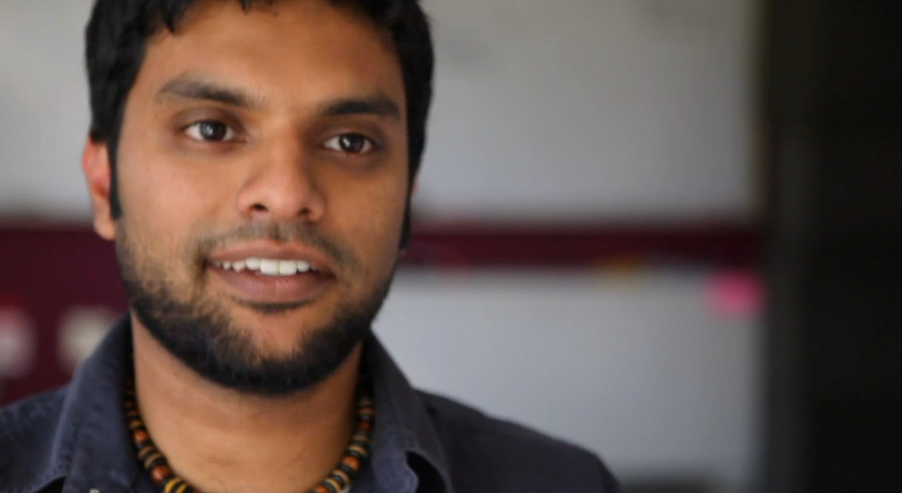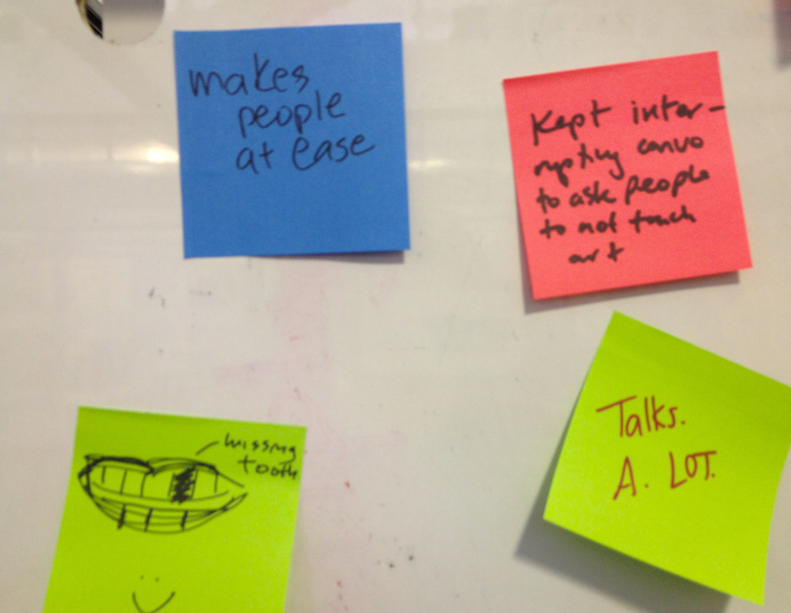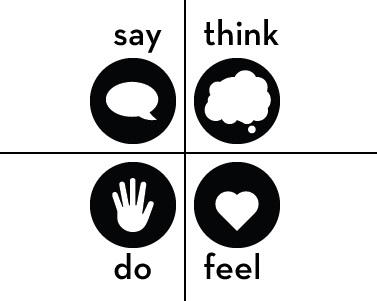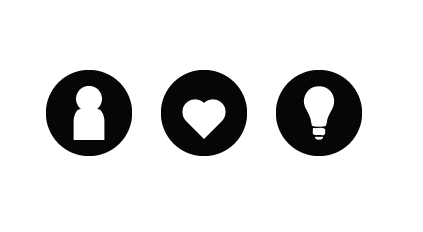Design phase:
Synthesize
What do you do with your empathy work?
You’ve got notes, memories, photos, maybe even some audio and video. What’s next?
You need to gently impose some order on the chaos in order to make sense of what you found. Going through exercises to identify the human needs at work will enable you to see the issue in a whole new way.
Design research means depth, not breadth
If you’ve ever conducted a study, you know all about the importance of a large sample size. So why are we going in depth with just a few users?
First, you need to get to know your users enough to understand what’s really going on. You could get to know one hundred people on a superficial level through surveys, but you still wouldn’t know why they answered the way they did. Or you could get much deeper with three people by doing interviews, and find out all about the motivations behind their behaviors.
Second, when you design based on real needs, you’ll be surprised at how many people gravitate towards your solution. Chances are, you’re actually getting at a more common need than you think. Facebook wasn’t originally designed with your mom in mind, but we’re betting she’s got an account.
Needfinding, not just problem-solving
Think of a groundbreaking product – the iPod, say. What problem does it solve? We can’t think of one; actually, the question doesn’t even apply. (Users certainly didn’t say “I need a small box with all my music in it.”) Rather, the designers observed people’s behavior around listening to music in different settings, managing their music collections, and showing off personal electronics. Then they went through a process of synthesis to figure out how to interpret all this information. This design came out of understanding human needs, not just looking for glaring problems.
The Embrace story: know what problem you’re solving
This team of Stanford students developed a new kind of incubator for infants in rural areas. They talk about the “aha” moment during synthesis that helped them reframe their entire design process.
If I’d asked people what they wanted, they would have said faster horses.Henry Ford
More resources
Synthesis techniques are all about articulating and rearranging information in order to create a new understanding of what’s going on.
Saturate your space
Prime your space by writing facts, details, and quotations from the field on post-it notes or index cards. Then group them according to themes that pop out.
Create a user empathy map
This simple diagram prompts you to think about what’s really going on with your user - not just what you saw, but what's happening beneath the surface.
Write a POV statement
A POV statement is a quick, concise way to describe a user’s need.
It is in [the] void between research and form-giving where many designers struggle and where much time is wasted. Yet it is also in this void where the most exciting qualities of magic are most likely to be found. Between research and ideation come creative leaps, disruptive new ideas, and innovative new solutions to real and pressing problems.Jon Kolko, author of Exposing the Magic of Design
If there is any one secret of success, it lies in the ability to get the other person’s point of view and see things from that person’s angle as well as from your own.Henry Ford
More resources

Create a user profile & POV
Fill out a user profile and write a POV statement for the person you interviewed.
Check your hair – and, action
Make a 1-minute video describing your user and their need. Reading your POV statement is a good start. Your goal is to explain why this person’s needs really aren’t being met – show off your understanding of what’s really going on.Check out Molly's POV video for an example.



